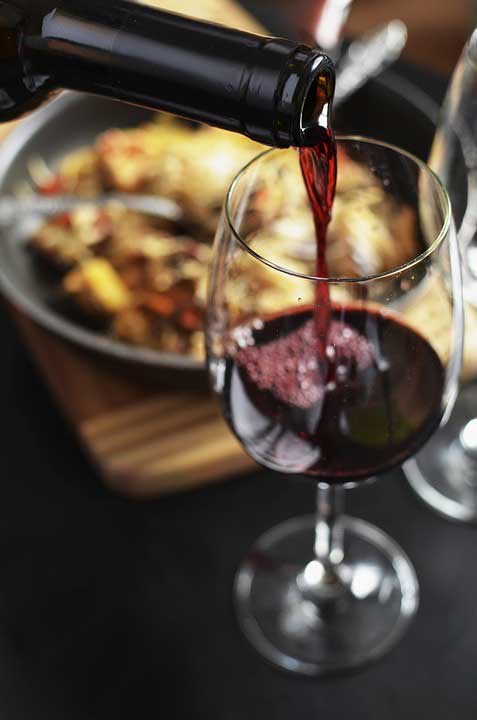
Introduction:
Wine appreciation is an intricate art that goes beyond merely sipping a glass. For professionals in the wine industry, developing a refined palate and mastering the art of wine tasting is essential. Whether you’re a sommelier, a winemaker, or simply an enthusiast aiming to elevate your wine-drinking experience, there are specific techniques that can enhance your ability to discern flavors, aromas, and textures.
- Visual Examination:
Professionals often begin their assessment by visually inspecting the wine. Pour the wine into a clear glass and hold it against a white background to better observe its color and clarity. Swirl the wine gently in the glass to observe the legs – the streaks that form on the side of the glass. This provides insights into the wine’s viscosity and alcohol content.
- Aroma Evaluation:
The aroma is a crucial aspect of wine tasting. To fully appreciate the bouquet, professionals employ the “three-step” method. First, give the glass a gentle swirl to release the aromas. Second, take a quick sniff to identify the primary scents. Finally, take a deeper inhale to detect the subtler notes. Professionals often associate these aromas with various fruits, flowers, spices, and even earthy or woody elements.
- Taste Assessment:
When it comes to tasting, professionals follow a systematic approach. Begin by taking a small sip and allowing the wine to spread across the palate. Consider the wine’s structure, acidity, sweetness, and tannins. Pay attention to the balance between these elements. The temperature at which the wine is served also influences the tasting experience; hence, professionals ensure that the wine is at the optimal temperature for its varietal.
- Palate Cleansing:
Between different wines, professionals use palate cleansers like plain crackers or water to neutralize the taste buds. This prevents lingering flavors from one wine affecting the perception of the next. It’s crucial to maintain a clear palate to accurately evaluate each wine’s distinct characteristics.
- Spitting vs. Swallowing:
While many might associate wine tasting with sipping and savoring, professionals often spit the wine out during tastings. This allows them to assess a large number of wines without the intoxicating effects of alcohol. Spitting also ensures a clear palate for subsequent tastings. However, during more casual or enjoyable settings, professionals may choose to swallow to fully experience a wine’s finish.
- Note-taking and Documentation:
Recording observations is a key aspect of professional wine tasting. Experts maintain meticulous notes, documenting everything from appearance and aroma to taste and overall impression. This systematic approach enables professionals to recall specific details and contribute to the development of their palate over time.
- Continued Education:
Wine professionals understand that the learning process is ongoing. Attending tastings, seminars, and workshops allows them to stay informed about new varietals, winemaking techniques, and industry trends. Networking with other professionals and engaging in discussions further enhances their understanding of the ever-evolving world of wine.
Conclusion:
Mastering the techniques of professional wine tasting is a journey that combines sensory perception, scientific understanding, and continuous education. By honing these skills, wine enthusiasts can elevate their appreciation for this ancient and diverse beverage. Whether you’re navigating a wine list, curating a cellar, or crafting your own blends, these techniques provide a foundation for a richer and more nuanced wine experience.